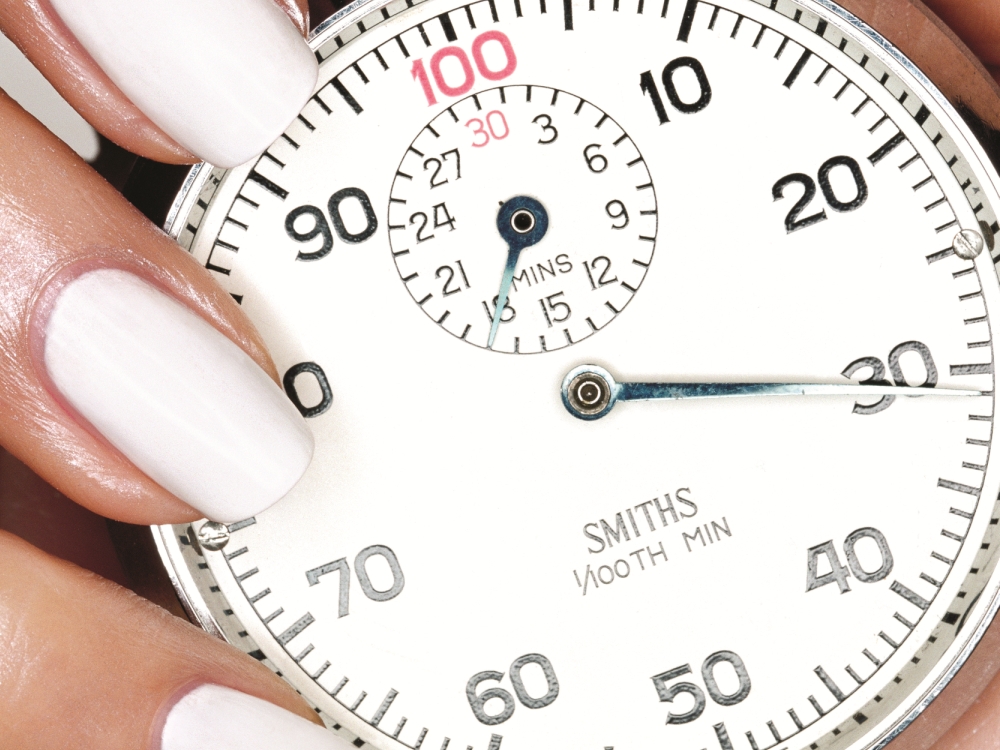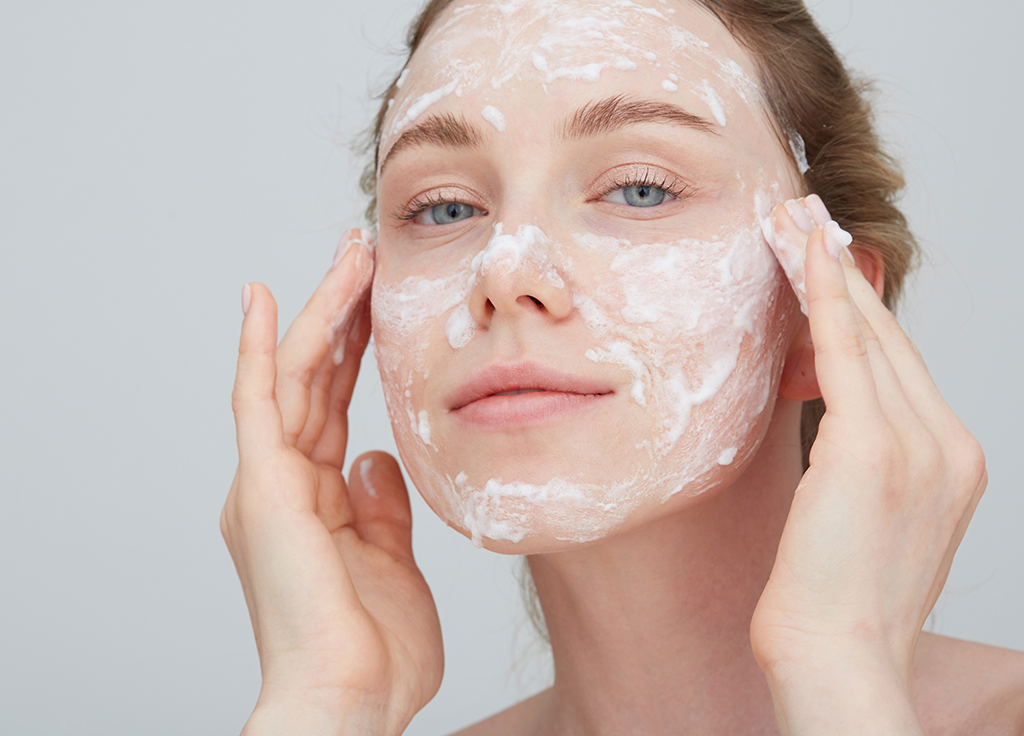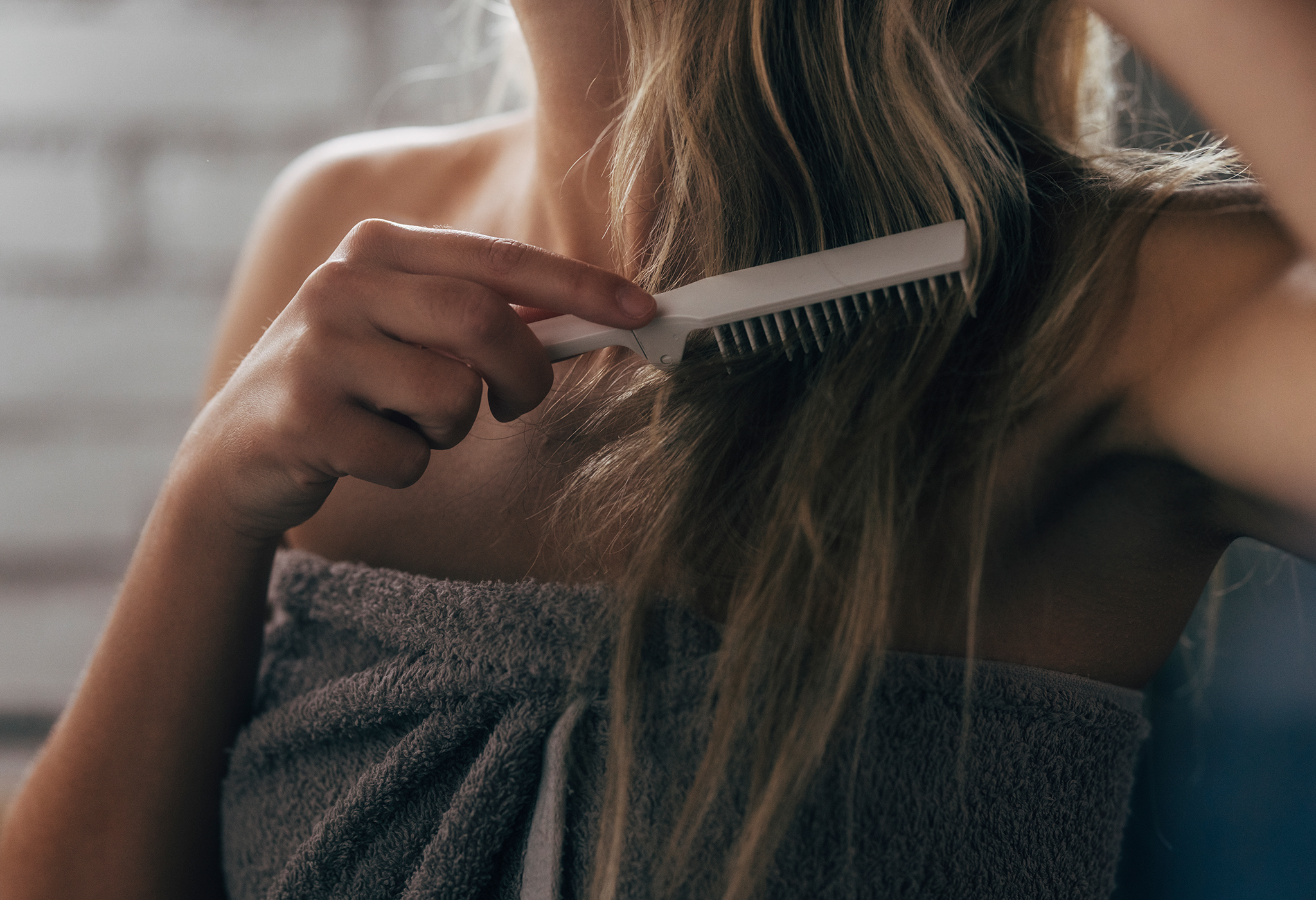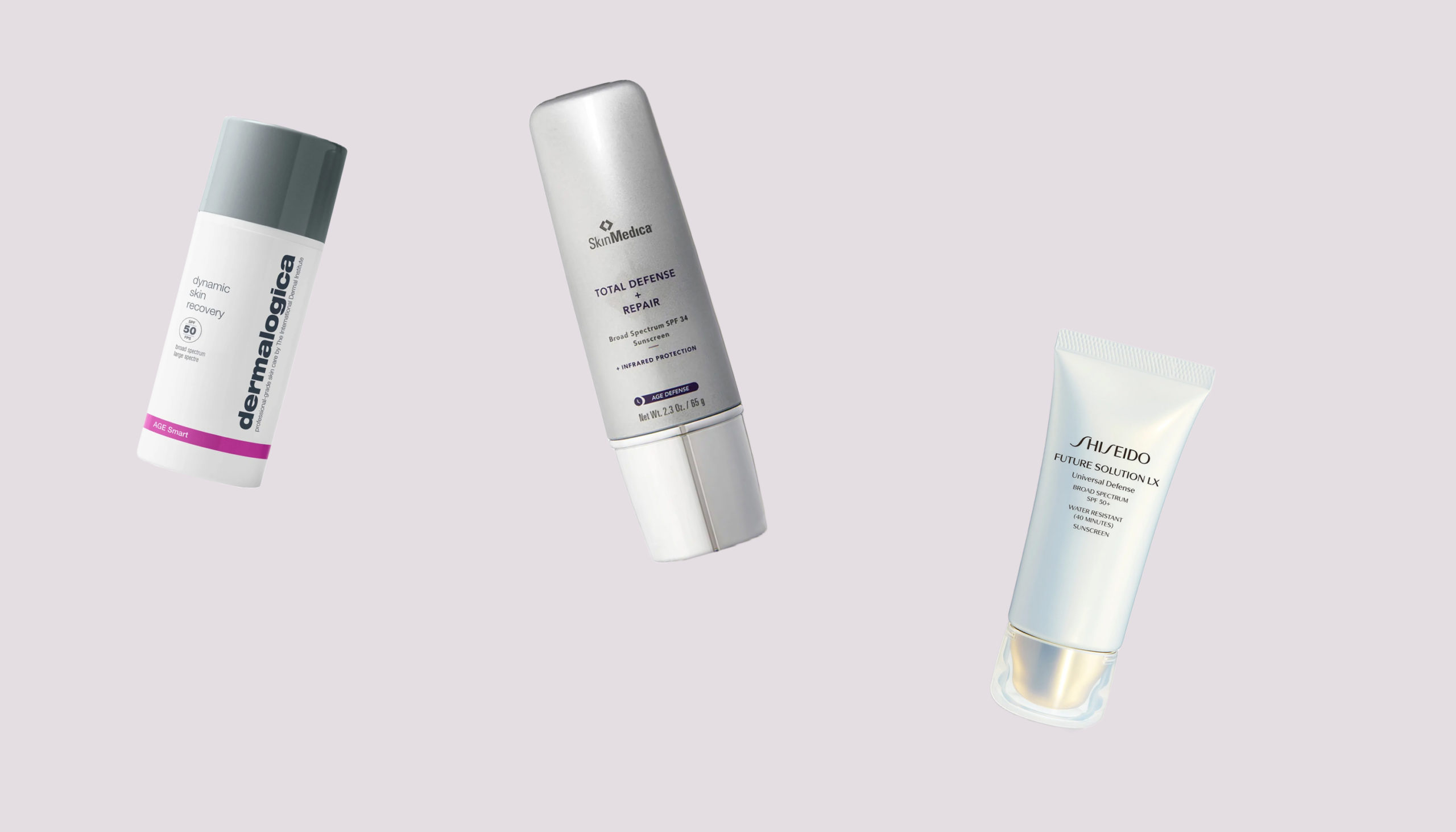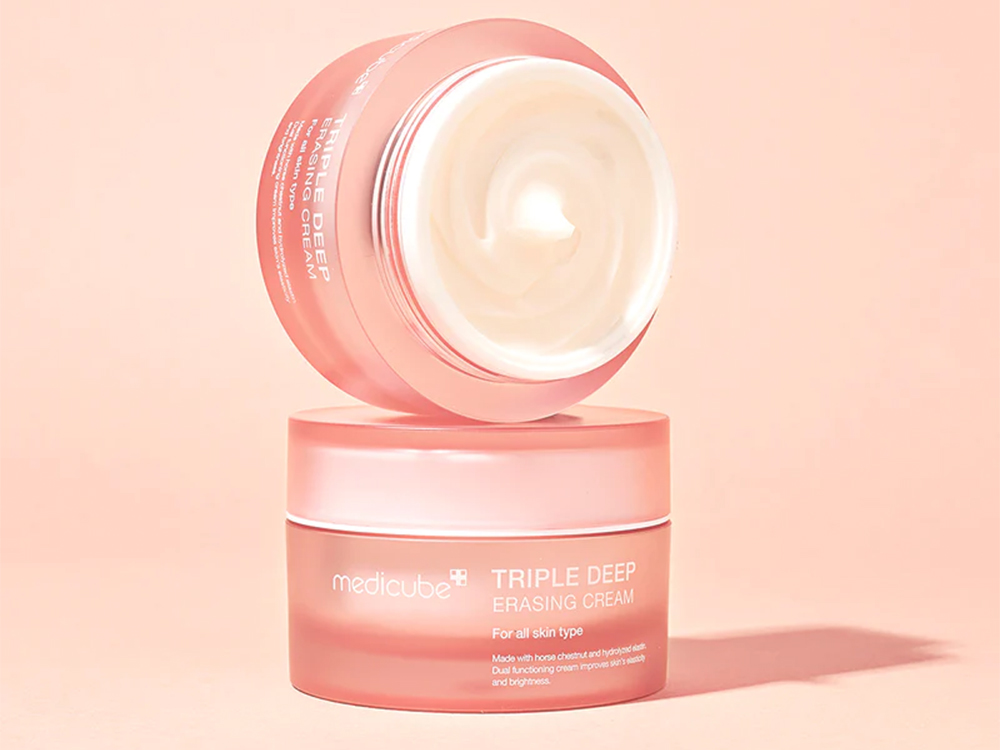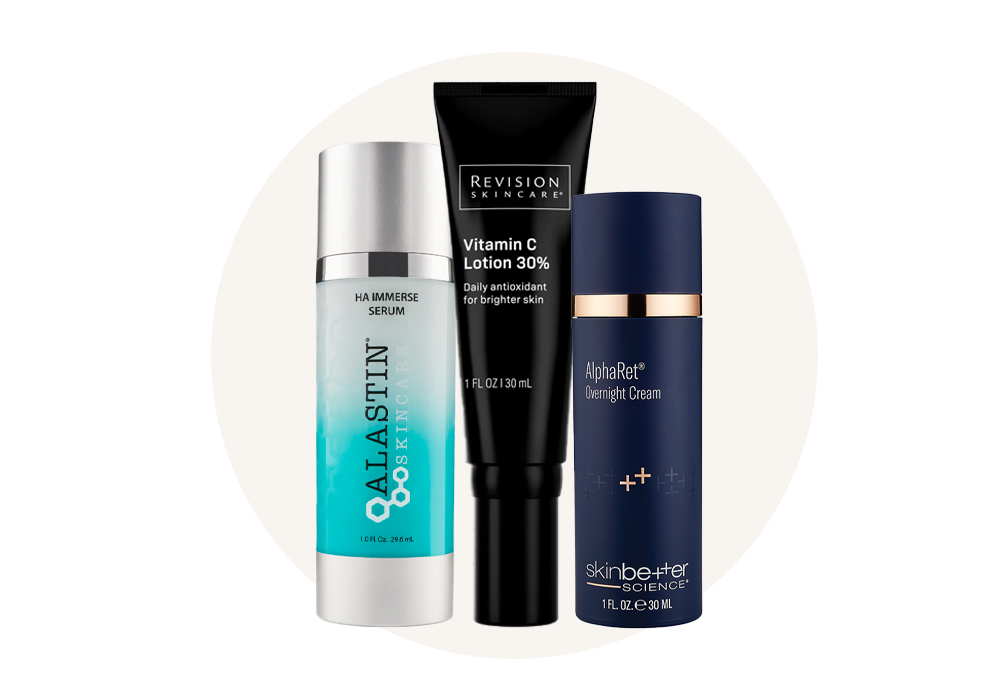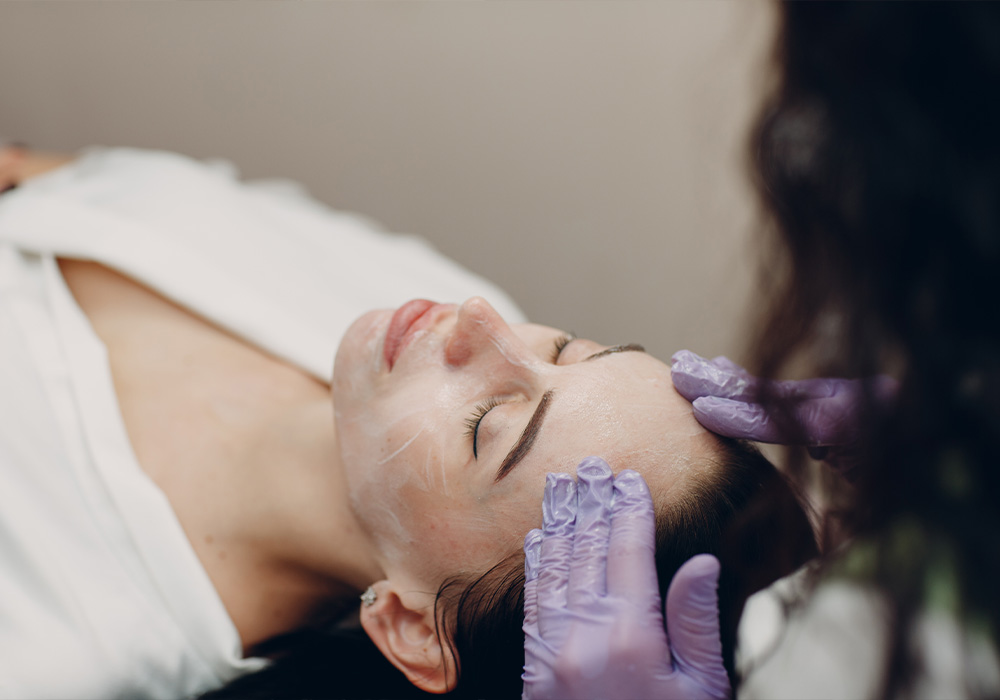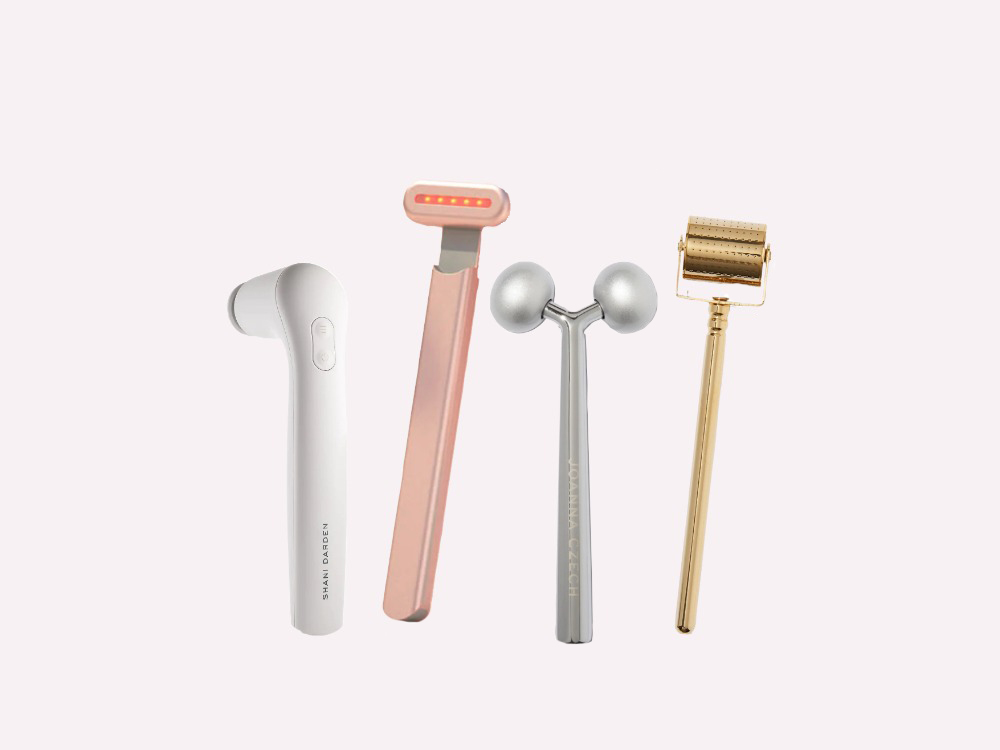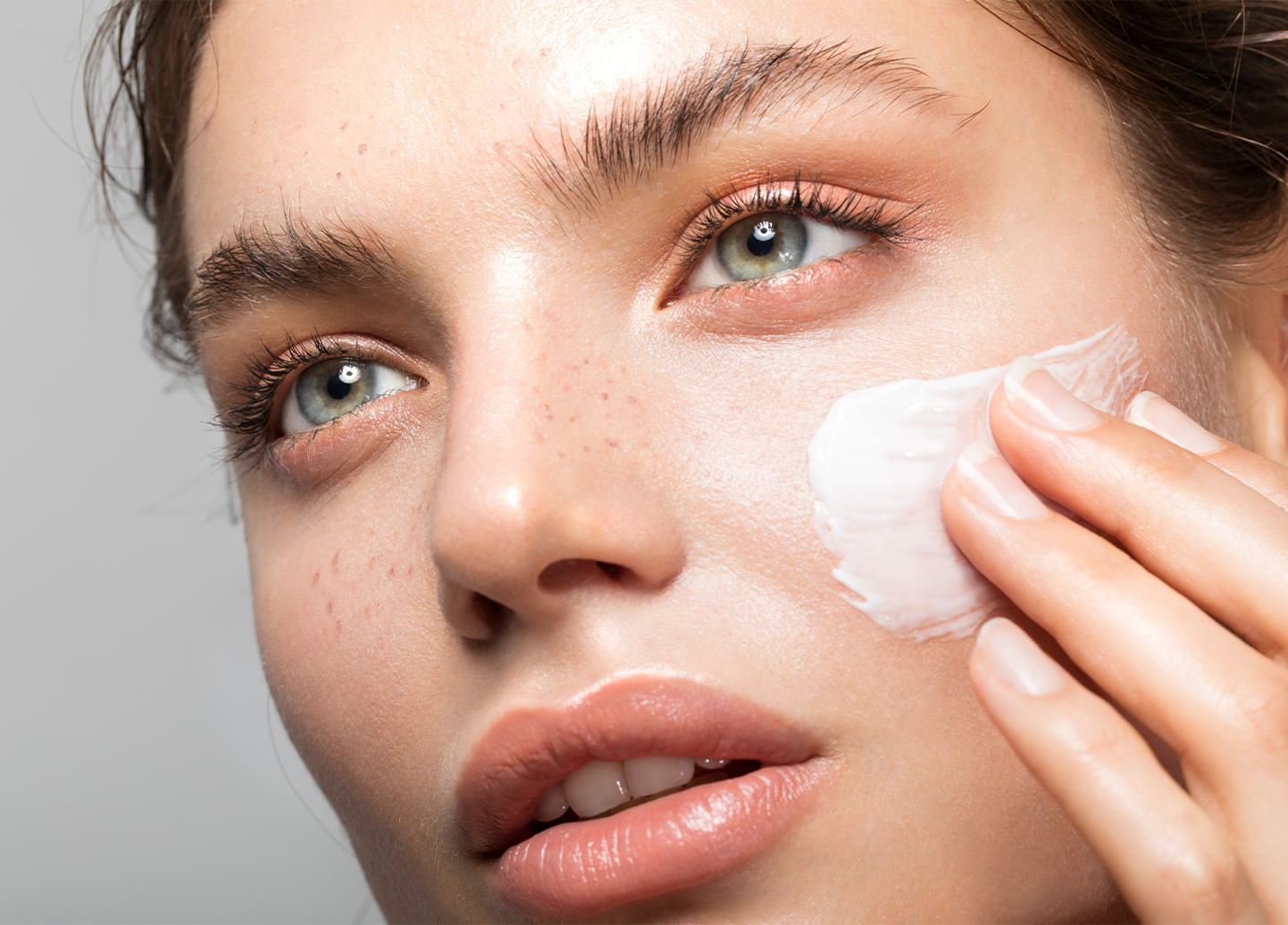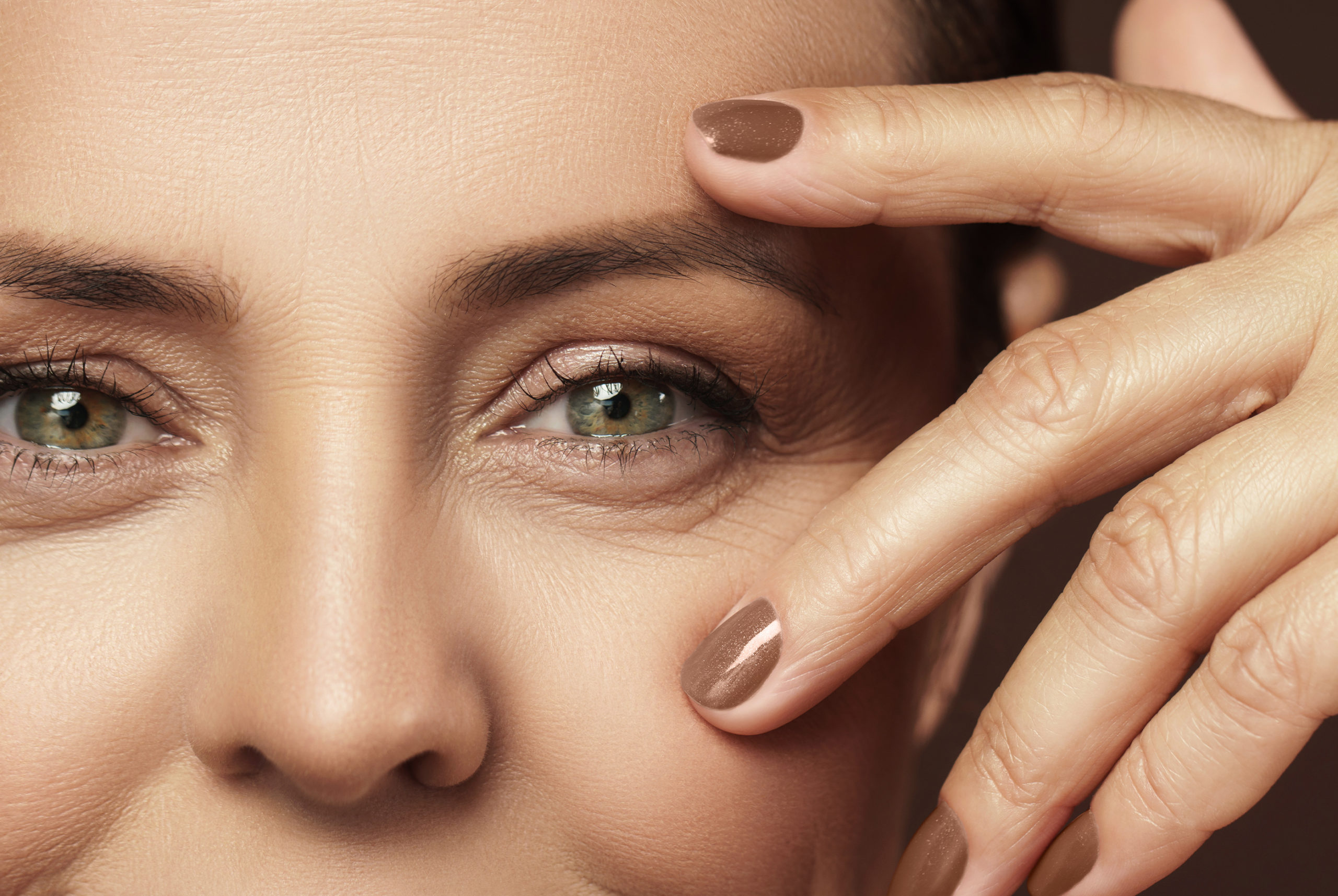There used to be something called a lunch break: people would stop working in the middle of the day, leave their desks and go somewhere else to eat. We know, it sounds crazy! Sarcasm aside, studies show that less than half of U.S. workers take advantage of these moments, and instead, eat at their desks. But thanks to innovations in lasers—new wavelengths, energy sources and devices—doctors can now transform patients’ skin in less time than ever, with minimal or no post-procedure redness, making the case for the comeback of the lunch break. Here, our favorite laser-based skin-fixers, each faster than waiting in line at Panera.
REDNESS
A little rosiness now, for less tomorrow: Pulsed-dye lasers (PDLs)—like Candela’s Vbeam or Cynosure’s Cynergy—treat flushed faces, according to Washington, D.C. dermatologist Tina Alster, MD, by “emitting a wavelength of light that is preferentially absorbed by hemoglobin in the blood. Heating the blood vessel causes the body’s repair system to clear the damaged vessel over the coming weeks.” Typically, the procedure takes “a few minutes to half an hour, depending on the area,” and may require three to five treatments for desired results, says Studio City, CA dermatologist Gene Rubinstein, MD. Downtime is minimal, and minor swelling and redness can last for a few hours or a few days. Though for some target vessels, Vbeam results can be long-term, Denver dermatologist Joel L. Cohen, MD mentions that capillary dilators like spicy foods, alcohol and hot beverages could cause redness to return, especially for rosacea-prone patients.
DULL SKIN
Thulium-based lasers like LaseMD and Clear + Brilliant work similarly to Fraxel, notes Dr. Rubinstein, by “creating microscopic columns in the skin. As the body heals these heated columns, it generates new collagen and results in fresher-looking skin.” Procedure time is about an hour, which includes the time it takes to prep the skin with numbing cream, explains New York dermatologist Julie Russak, MD.
Following the procedure, moderate redness can last up to a day, with minor skin shedding for approximately 10 days. According to Dr. Rubinstein, “People describe the treatment as feeling like a ‘cat’s tongue’ licking your skin. The skin feels a little rough for a few days because each column produced by the laser creates a column of exfoliation.” Other glow-boosting options doctors love? Short-pulsed Q-switched lasers, that can be used as a full-face treatment to address dull skin. One such laser, Lutronic’s Spectra, wields four separate wavelengths: the lower energy works at the surface of skin and the higher heats the deeper layers of skin to trigger a healing response. Dr. Cohen notes that they usually cause minimal downtime—“you can go out that night”—with swelling lasting a few hours.
MILD PIGMENTATION
In addition to revitalizing dull skin, Q-switched lasers also diminish dark spots, according to Dr. Rubinstein, who notes that they use a specific wavelength to “break up pigment with a very fast pulse. The faster the pulse, the smaller the particles for the body to clear.” Depending on how many spots are treated, and whether the patient needs a 20-minute pre-treatment under a numbing cream, the full procedure can take anywhere from a few minutes to an hour. For certain types of hyperpigmentation, like melasma, Dr. Rubinstein also uses Cynosure’s PicoSure laser, which is FDA-cleared for tattoo removal and uses photomechanical waves. (It also works more quickly than the traditional Q-switch). “The PicoSure has a picoseconds pulse, which is one trillionth of a second!” he says. For more diffuse areas of benign hyperpigmentation and melasma, Dr. Cohen recommends a thulium-driven laser like Lutronic’s LaseMD, which creates microchannels of controlled damage and offers a broader range of treatment settings than Q-switched lasers do, to reach deeper into the skin.
LARGE PORES
Though pore count is genetically determined, their size can be altered, at least in the short-term. Thulium-based lasers minimize pore size by boosting collagen production—something skin loses over time that leads to “sagging” pores—as a result of the controlled damage caused by the laser. Additionally, the temporary swelling that follows a Clear + Brilliant procedure can render pores almost invisible. Each treatment takes about 45 minutes—this includes the numbing cream; actual time with the laser is about 20 minutes.
